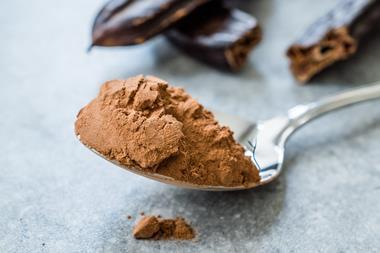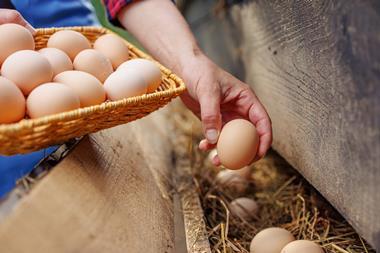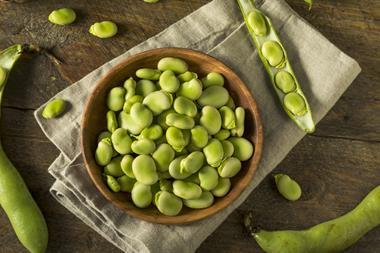The charred remains of flatbread baked by hunter-gatherers 14,400 years ago have been found by archaeologists at a site in north-eastern Jordan.
It is the oldest direct evidence of bread found to date, predating agriculture by at least 4,000 years. Despite being one of the most important foodstuffs in the modern world, as the paper stated, the origins of bread are still largely unknown.
The discovery was made by a team of researchers from the University of Copenhagen, University College London and University of Cambridge who analysed charred food remains from a Natufian hunter-gatherer site – a site known as Shubayqa 1 located in the Black Desert.
The results, which were published in the journal Proceedings of the National Academy of Sciences, provide the earliest verifiable evidence for the production of bread.
“The flatbread found at Shubayqa 1 is the earliest evidence of bread-making recovered so far, and it shows that baking was invented before we had plant cultivation,” explained archaeologist Tobias Richter, University of Copenhagen, who led the excavations.
He added that the “early and extremely time-consuming” method of producing bread based on wild cereals may have been one of the key driving forces behind the later agricultural revolution.
“The remains analysed in this study show that wild ancestors of domesticated cereals, such as barley, einkorn, and oats, had been ground, sieved and kneaded prior to cooking,” said first author of the study University of Copenhagen archaeobotanist Amaia Arranz Otaegui.
“The remains are very similar to unleavened flatbreads identified at several Neolithic and Roman sites in Europe and Turkey. So we now know that bread-like products were produced long before the development of farming. The next step is to evaluate if the production and consumption of bread influenced the emergence of plant cultivation and domestication at all.”
Electronic microscopy was used to analyse the charred remains at a UCL lab by PhD candidate Lara Gonzalez Carratero (see photo right). However, the identification of bread or other cereal-based products in archaeology is not straightforward.
“There has been a tendency to simplify classification without really testing it against an identification criteria. We have established a new set of criteria to identify flatbread, dough and porridge-like products in the archaeological record. Using scanning electron microscopy we identified the microstructures and particles of each charred food remain,” she explained.
































No comments yet